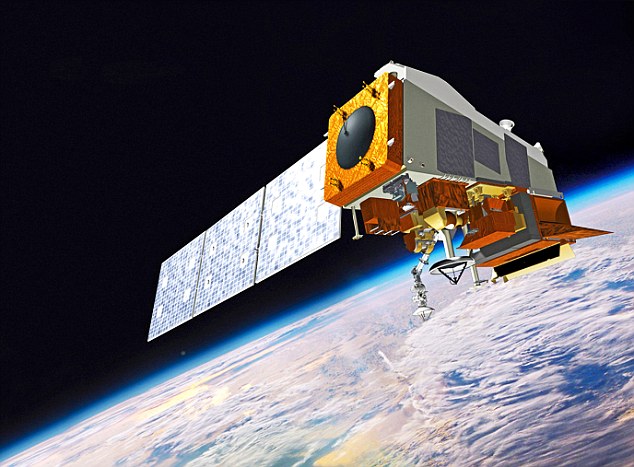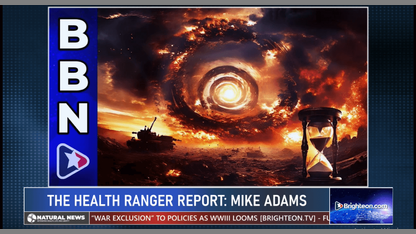
The Tiangong-1, China's first space lab, was set to be decommissioned in September 2017 but has been delayed to this year. Also known as “Heavenly Palace 1,” this space station was launched in 2011 and was initially planned to be a permanent space station by 2023. Experts suggest that the delay of re-entry into the Earth's atmosphere may suggest that the space laboratory may be defective and out of control.
While much of the space craft is expected to burn up from re-entry into our atmosphere, the size of the space station and its construction materials may survive the burn and reach the surface. According to Zhu Congpeng, an engineer from China Aerospace Science and Technology Corporation, the space station was not out of control, nor did it pose any threat to safety and the environment. He states that they have been continuously monitoring Tiangong-1 since the plan to decommission it was ordered.
A non-profit group from California reported that Tiangong-1's re-entry cannot be controlled, but it was highly unlikely to hit any people or damage any property. They state that the control of the space station was already lost and re-entry will not gain it back. However, there may be hazardous materials on board that may survive the re-entry into our atmosphere. Furthermore, Tiangong-1 weighs about 8,500 kilograms, much of which may reach land upon re-entry.
Recent decades have shown a large number of falling satellites on uncontrolled trajectories, which fortunately, have not caused any casualties nor catastrophes. While luck may be on the side of spaceflight communities, future uncontrolled satellite re-entries may prove to be too dangerous for us humans and the environment. The risk of which a person can be struck by re-entry debris is much higher than the rate at which a person can be struck by lightning (one in one trillion versus one in 1.4 million). Only one person has ever been struck by space debris from a re-entering satellite, and fortunately, it was only a lightweight object that did not cause injury.
Reports of objects that have survived re-entry include: A 250 kilogram stainless steel tank, a 30 kilogram pressure sphere, a 45 kilogram thrust chamber. Many other debris have been recovered, but not as large as the ones mentioned above. Components made of aluminum and other lightweight, easily melting materials do not survive re-entry, but stainless steel, titanium, and glass have high melting temperatures and often reach the ground. Over the last 40 years, more than 5,400 metric tons of materials have been predicted to survive re-entry with no reported casualties. However, we have to keep in mind that there may have been unreported cases of being hit with re-entry debris somewhere in the world.
Current U.S. government standards state that the risk of re-entry should not exceed one in 10,000. If the re-entry trajectory cannot be predicted nor controlled, the risk should be minimized by ensuring that the spacecraft breaks into small pieces during the return. Our current capabilities to predict debris landing is limited to 90-minute processes, which is too slow given that falling objects from space travel at around seven kilometers per second. Our space technology and computers are in much need of upgrades in order to minimize the risk of space debris re-entering our atmosphere.
Follow more news about space exploration at Space.news.
Sources include:
Please contact us for more information.






















